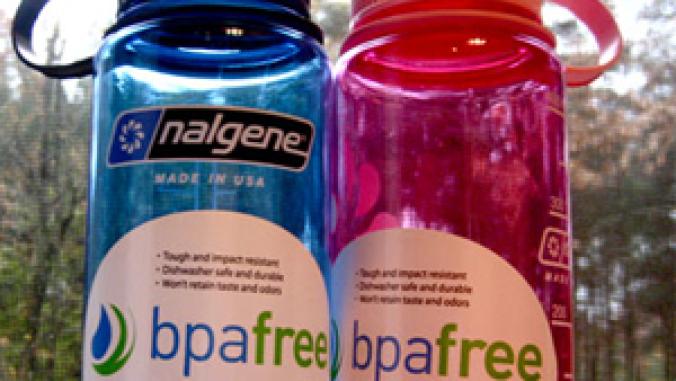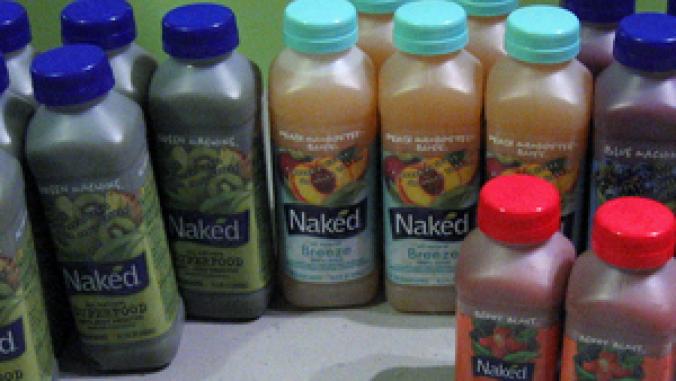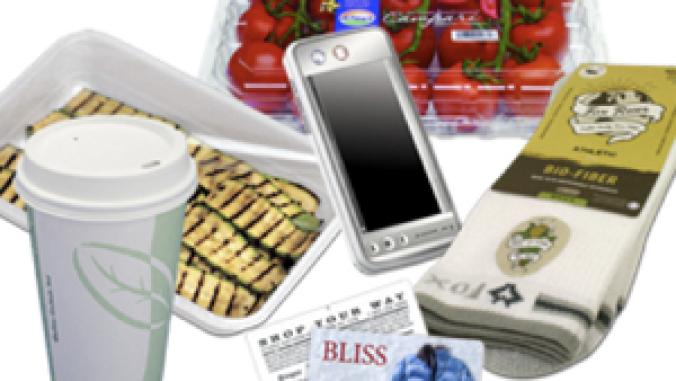New Guide Points the Way to Sustainable Packaging
<p>The Sustainable Packaging Coalition has publicly released its all-encompassing framework of indicators and metrics that should be used to determine the sustainability of packaging, from materials to energy to how workers are treated.<br /> </p>

Packaged sushi - http://www.flickr.com/photos/fboyd/ / CC BY-SA 2.0
The Sustainable Packaging Coalition (SPC) has publically released it all-encompassing guide to measuring the sustainability of packaging, from materials to energy to how workers are treated.
The Sustainable Packaging Indicators and Metrics Framework Version 1.0 was first made available to SPC members in April and is now free to the public.
The framework, developed over two years of research and work with stakeholders, gives a detailed look at a range of indicators, explaining why they are important, what to measure and what not to measure.
One of the primary reasons the SPC created the framework was in response to concerns over companies like Walmart creating their own individual packaging metrics and scorecards. The framework is intended to provide a common approach for gathering and sharing packaging data.
“Without consistent guidance, sustainability criteria vary significantly from one company to the next,” GreenBlue senior fellow and chief author of the framework Katherine O'Dea said in a statement. “This lack of coordination has made the data collection process time consuming and costly for suppliers, as well as making it difficult for companies to consistently benchmark their performance over time.”
The framework is organized into eight categories: material use, energy use, water use, material health, clean production and transport, cost and performance, community impact and worker impact.
Each category includes a varying amount of metrics. "Material use," for example, includes total material use; material use reduction; material waste; use of virgin, renewable, post consumer and post industrial content; chain of custody and material use to product yield.
"Clean production and transportation" includes toxic emissions, life cycle greenhouse gas emissions, emissions to air and water, and emissions of other materials. "Community impact" covers product safety, recycling or reuse of packaging, landfilling of packaging and shelf life.
The framework was developed as well to help companies move towards the SPC Definition of Sustainable Packaging, which says sustainable packaging: is beneficial, safe and healthy for individuals and communities throughout its life cycle; meets market criteria for performance and cost; is sourced, manufactured, transported and recycled using renewable energy; optimizes the use of renewable or recycled source materials; is manufactured using clean production technologies and best practices; is made from materials healthy in all probable end-of-life scenarios; is physically designed to optimize materials and energy; and is effectively recovered and utilized in biological and/or industrial closed loop cycles.
Packaged sushi - http://www.flickr.com/photos/fboyd/ / CC BY-SA 2.0




